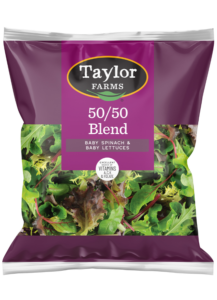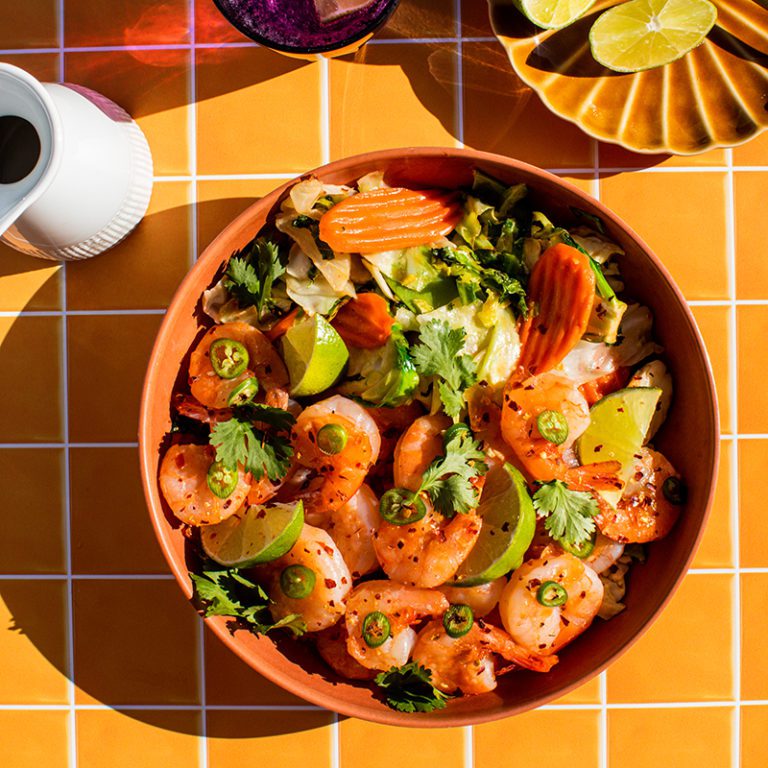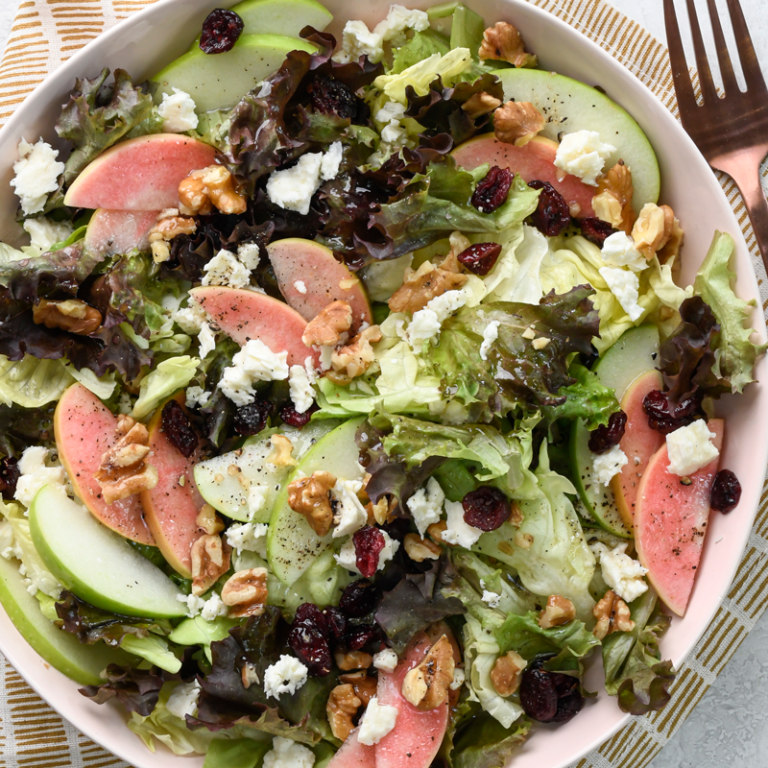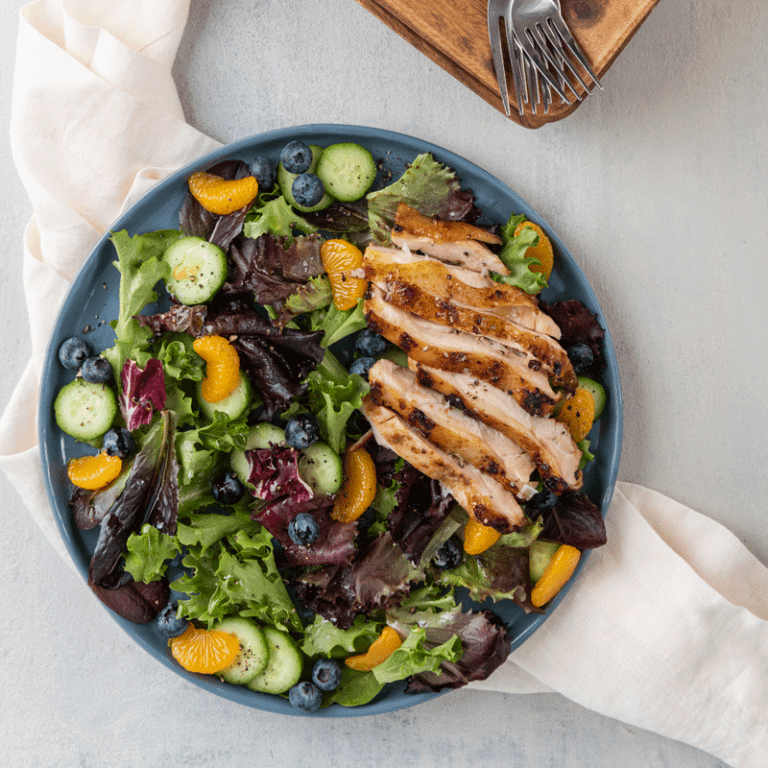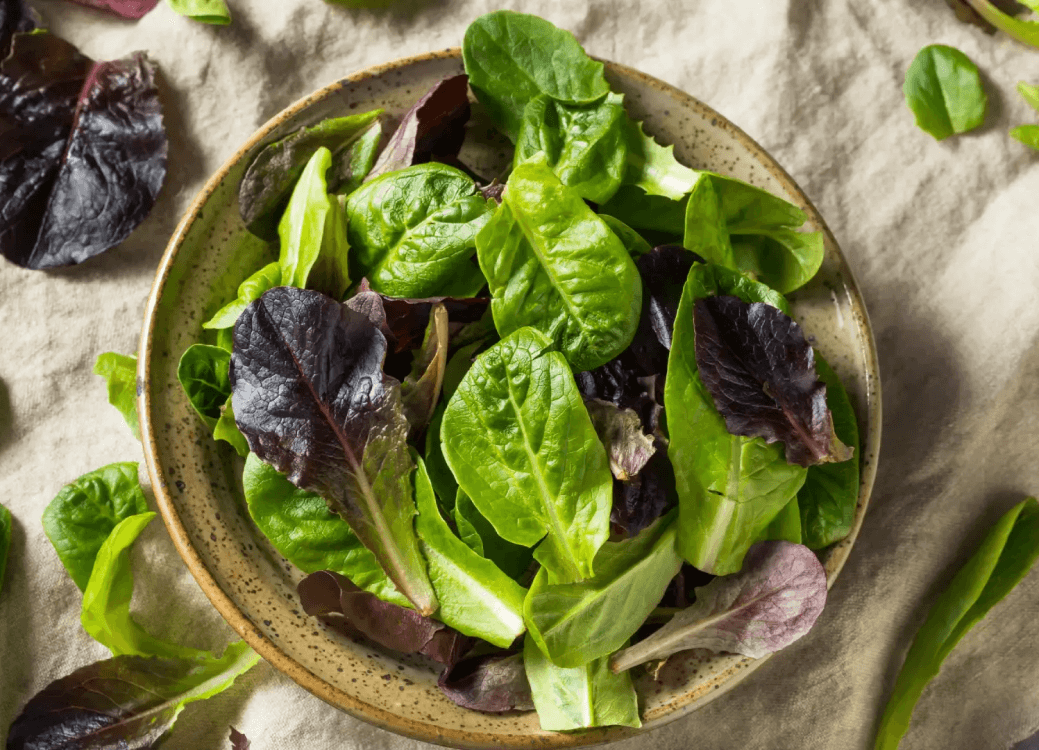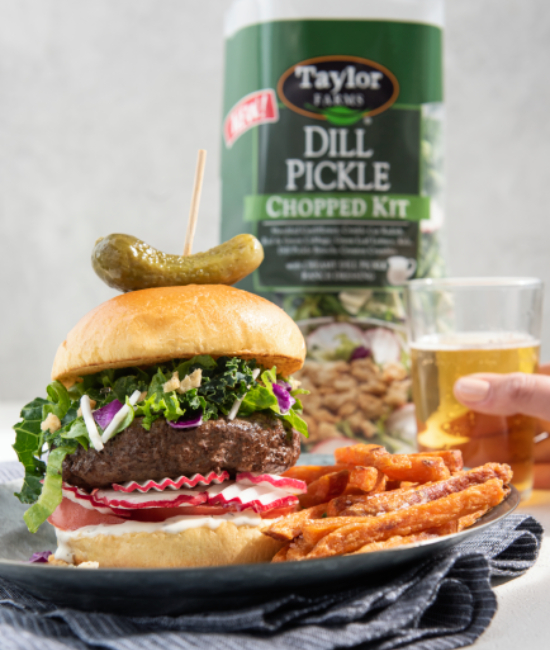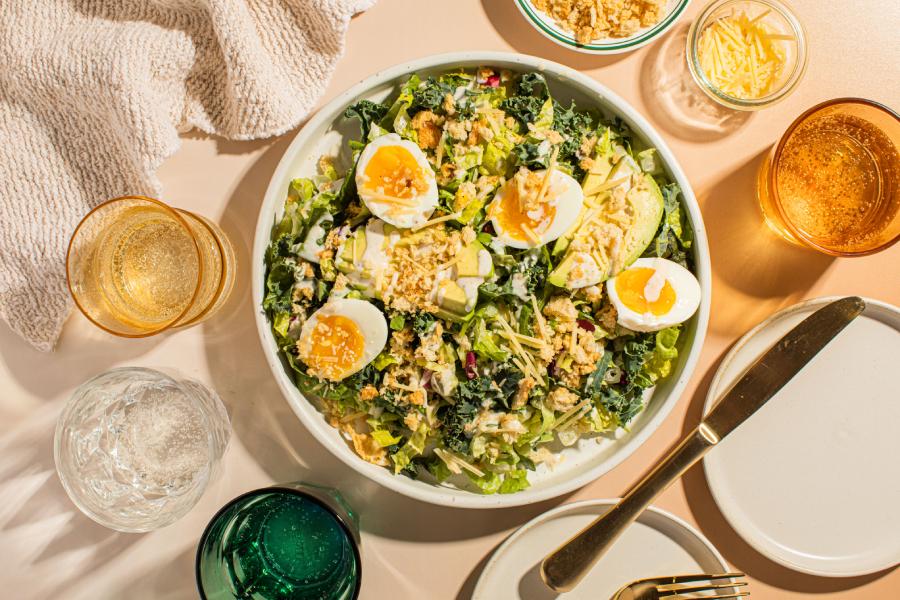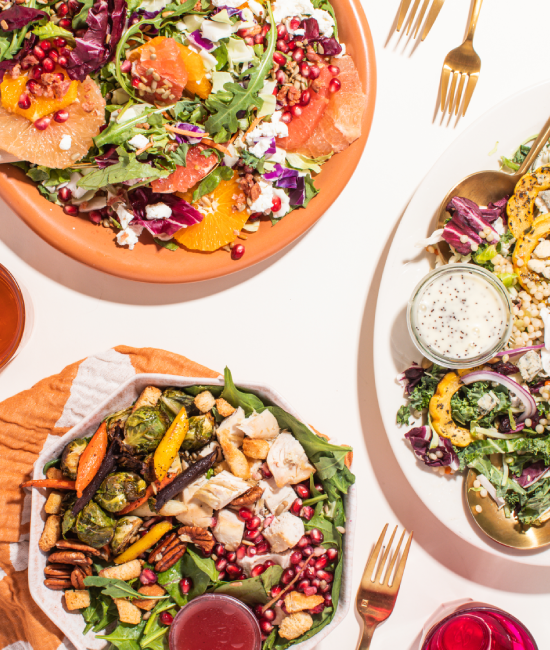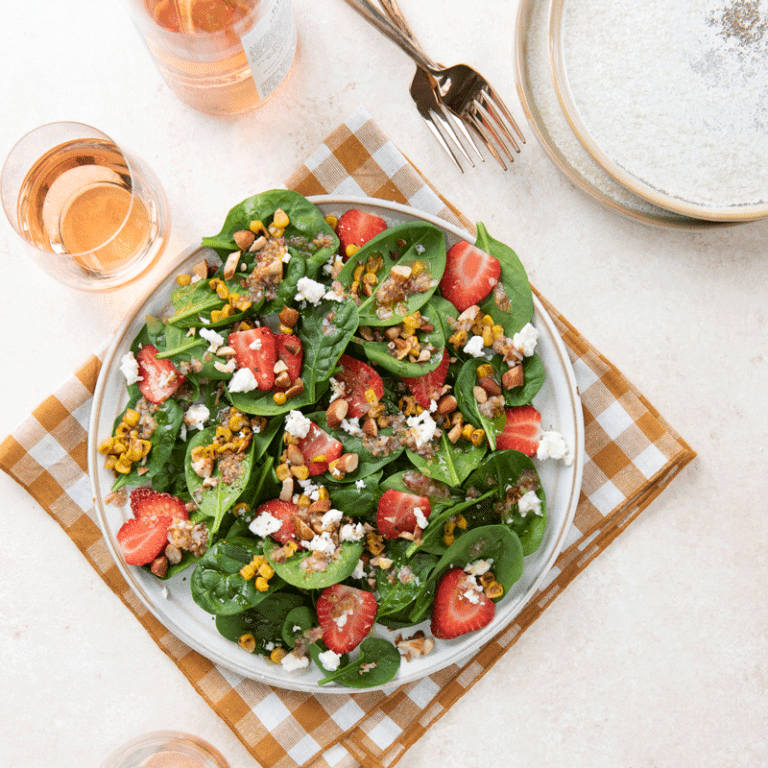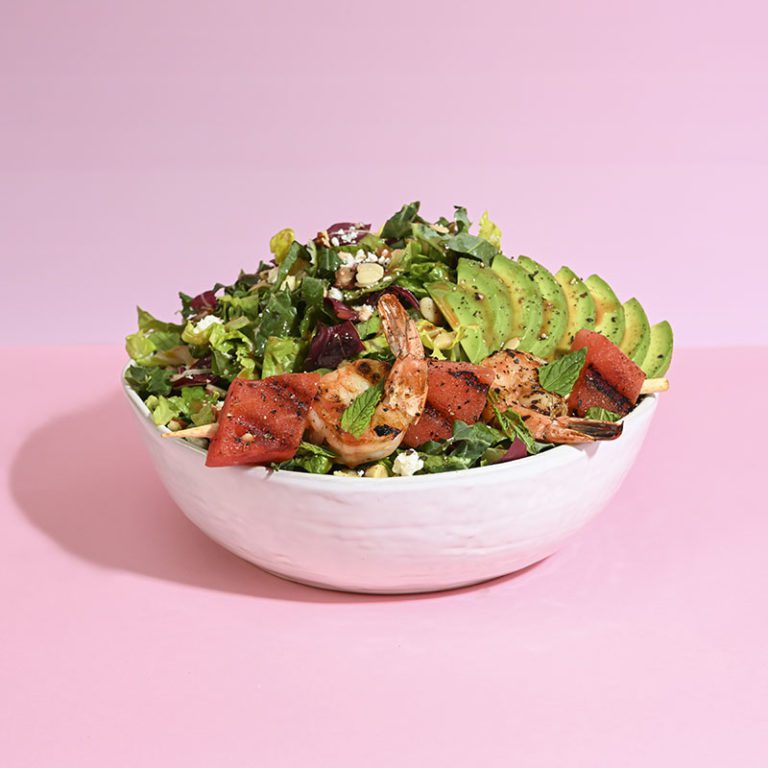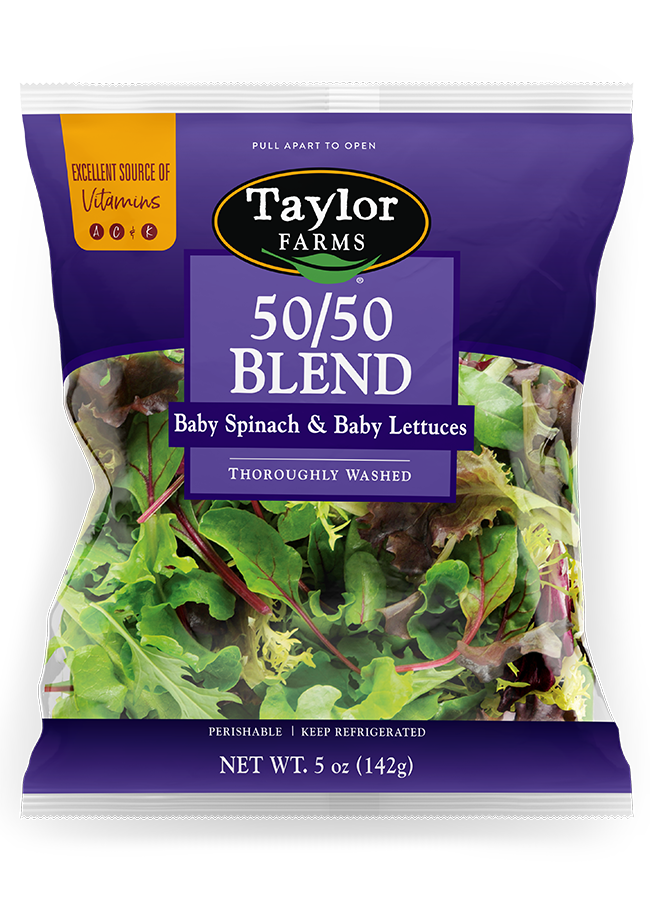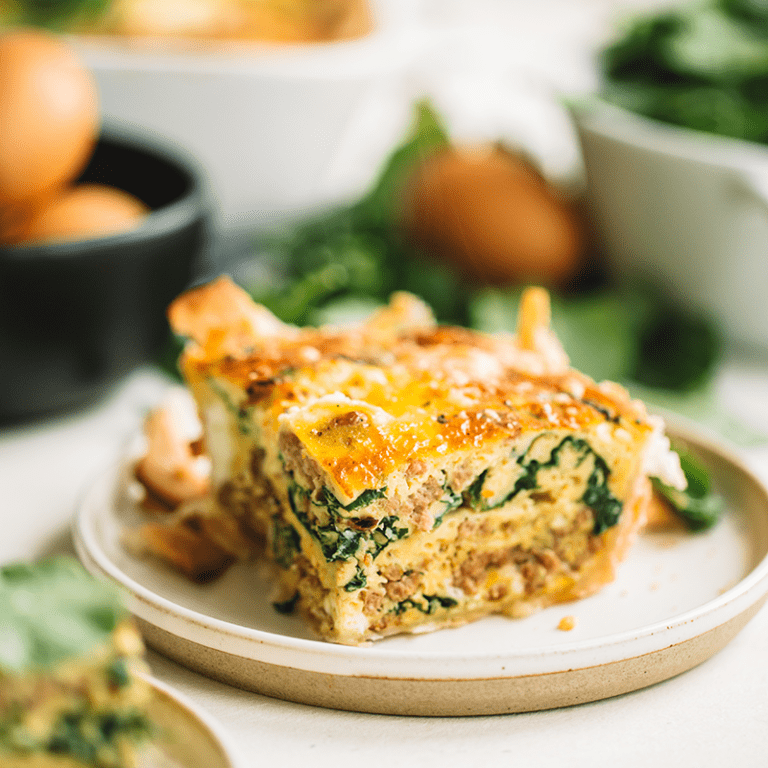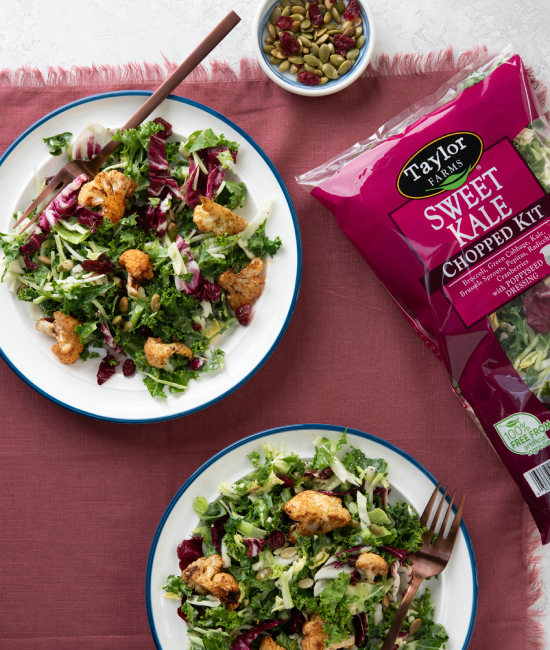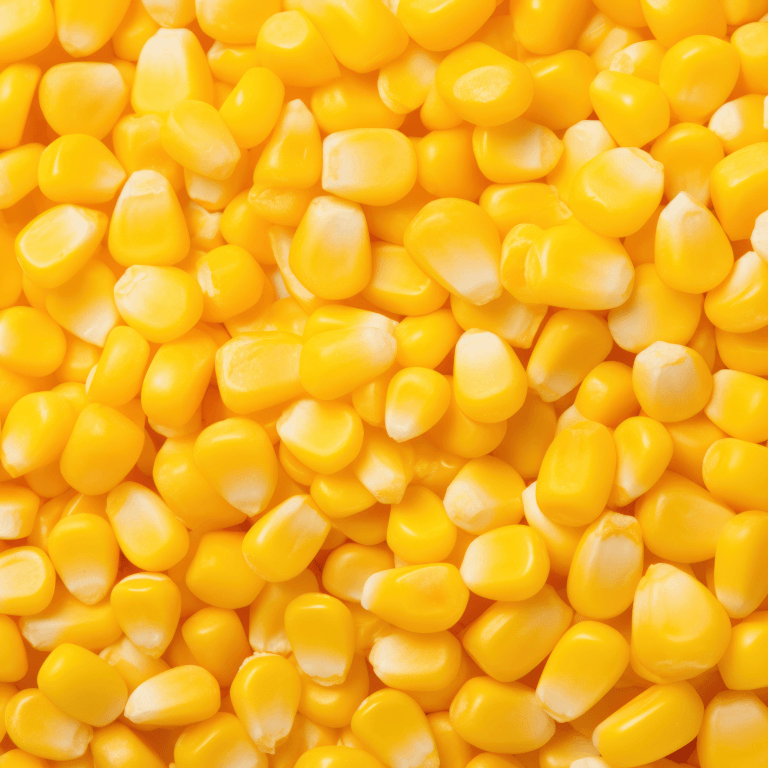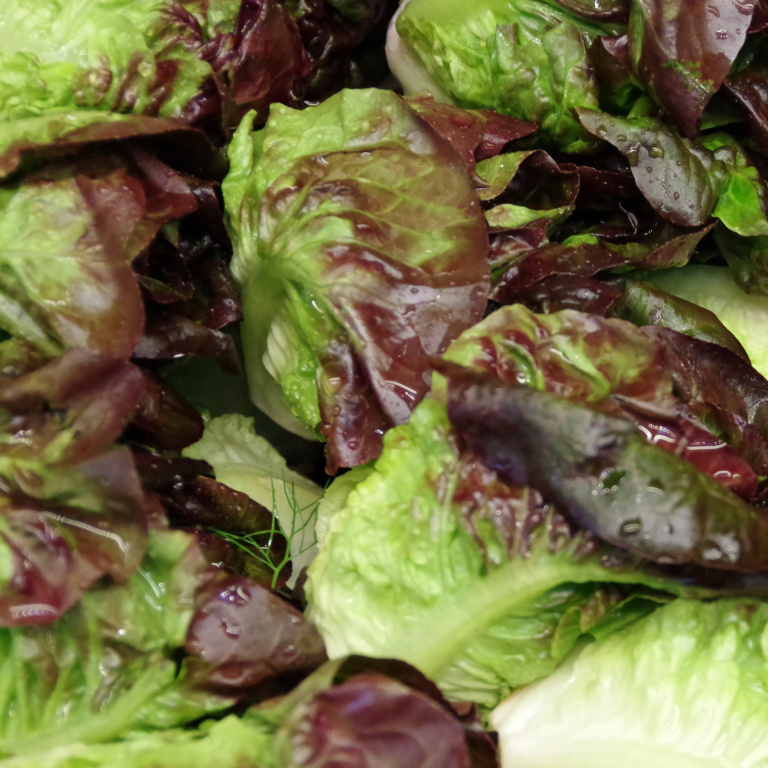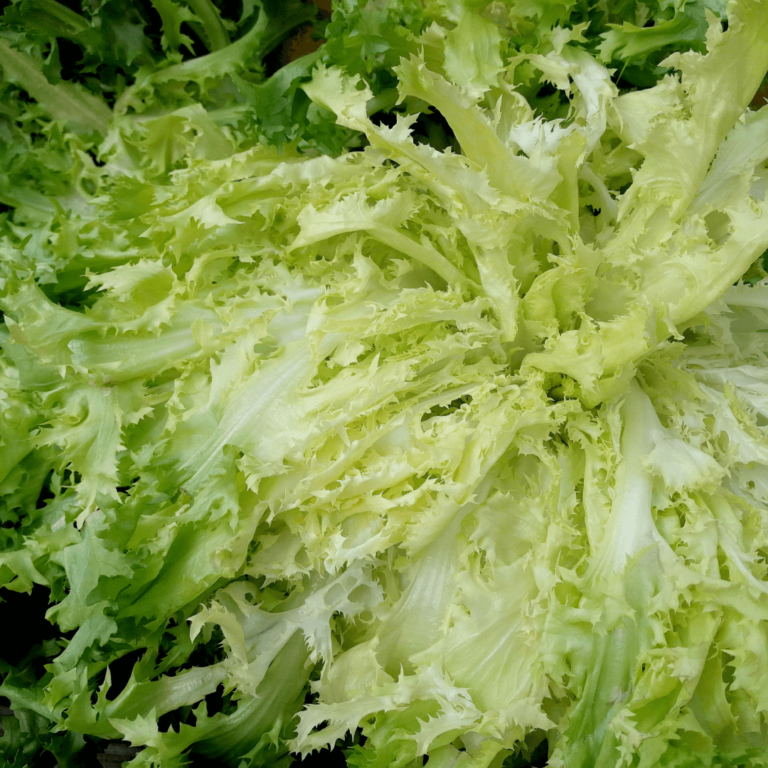Baby Lettuce at a Glance
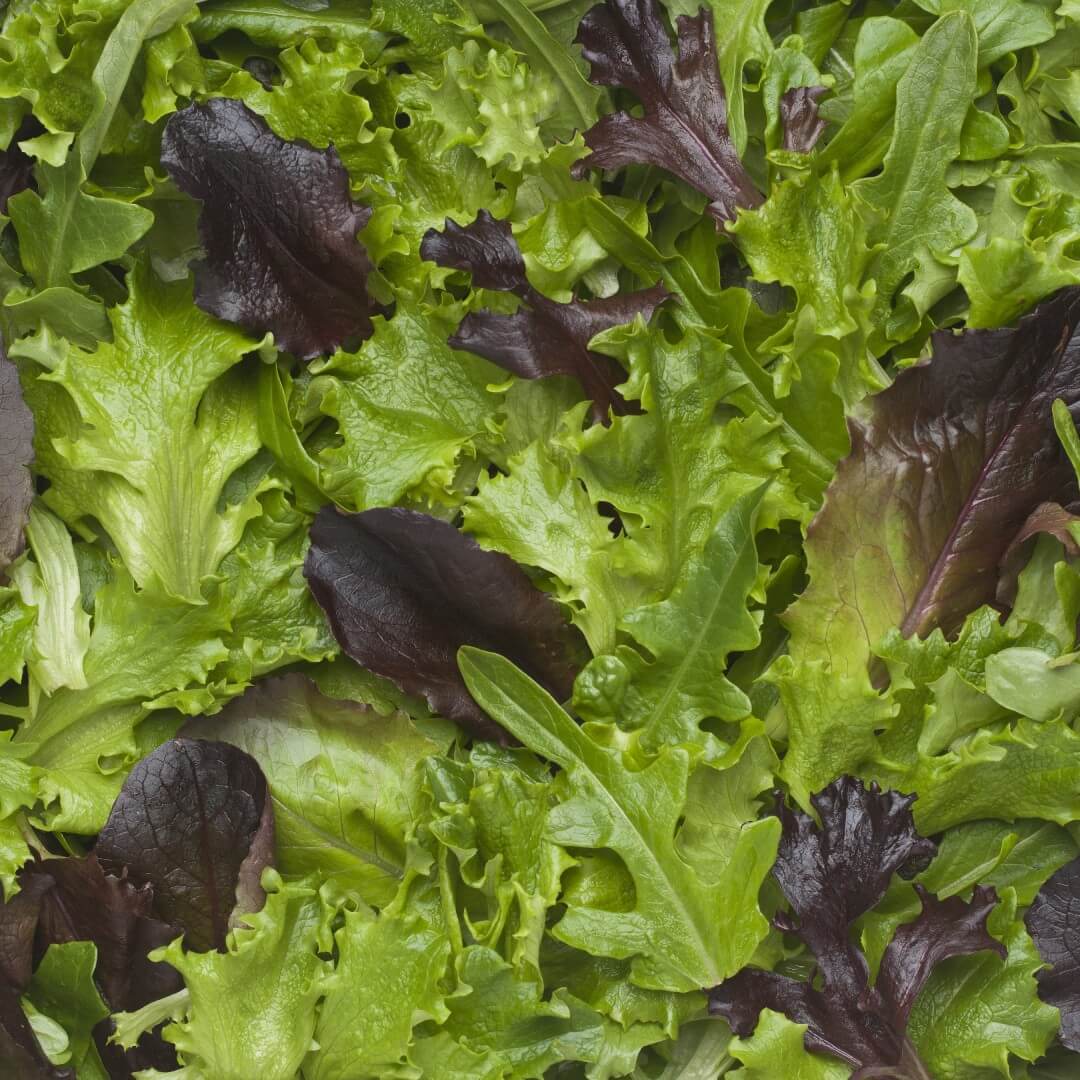
Scientific Name: Lactuca sativa
Family: Asteraceae
In Season: Spring and early summer
Varieties: Mizuna, tango, green leaf oak, green chard, red leaf lettuce, lolla rosa, red chard, red oak, and more
Great for: Creating vibrant salads, adding fresh crunch to sandwiches, wraps, and tacos, and enhancing the flavor and texture of various dishes.
Baby Lettuce Nutrition
Vitamins A & K
1-2 Carbs
7 Calories
Common Questions about Baby Lettuce
Baby lettuce offers a refreshing, soft-yet-crisp bite in its natural raw state. Mild peppery undertones, often present in varieties like mizuna and red oak, add a gentle, zesty note, while some, such as green leaf oak and lolla rosa, offer very subtle hints of natural sweetness. Baby lettuce’s tender, delicate texture easily complements heartier salad ingredients, creating a pleasing contrast that elevates your culinary creations.
When exposed to heat, the inherent bitterness of baby lettuce softens, resulting in a more nuanced flavor that deepens the complexity of cooked dishes. Despite wilting, baby lettuce still maintains a pleasing texture, offering both tenderness and crunch (depending on your cooking method, of course). Its ability to absorb and enhance the flavors of accompanying ingredients makes it a versatile addition to various recipes, infusing an element of elegance into warm salads, side dishes, proteins, and more.
Growing baby lettuce
Generally, baby lettuce is ready to pick when the leaves reach 3 to 6 inches in length—when the young leaves are the most tender and flavorful. Harvest by either picking individual leaves or cutting the entire plant above the soil level. Also note that frequent, gentle harvesting encourages continuous growth.
Purchased baby lettuce
When purchasing fresh baby lettuce, look for firm, erect leaves without wilting or sagging. Vibrant, rich colors signify freshness, so avoid discolored or browning leaves. Fresh baby lettuce has a tender, delicate texture; avoid slimy or mushy patches. It should have a clean, earthy aroma; an unpleasant odor indicates aging. Leaves should be slightly moist, not overly wet. Also, be sure to examine containers for condensation, which can lead to mold growth.
Cooking is not a common preparation for baby lettuce. But thanks to its delicate texture and mild flavor, fresh baby lettuce offers plenty of tasty uses in the kitchen. It’s an excellent addition to salads, offering a refreshing and crisp component when combined with various vegetables, fruits, nuts, and dressings. In sandwiches and wraps, baby lettuce adds a mild crunch and pairs well with cheeses, deli meats, and spreads.
You can also place it atop burgers, providing a bed for your toppings and complementing the savory burger flavors. Use fresh baby lettuce as a garnish for soups, pasta dishes, or other main courses to add a touch of elegance and freshness. As a side dish, drizzle it with a simple vinaigrette or sauté it briefly with garlic and olive oil. You can also blend it into smoothies for added nutrition without significantly altering the flavor.
When making stir-fries, toss in baby lettuce just before finishing to maintain its pleasant crunch. In egg dishes, such as omelets or scrambled eggs, it introduces texture and a burst of freshness. Baby lettuce serves as an excellent base for grain bowls, whether you’re incorporating quinoa, rice, or other grains. Its versatility allows you to enjoy its mild, peppery notes and satisfying crispness in a variety of culinary creations.
Start by gently washing and thoroughly drying the leaves using a salad spinner or paper towels. Next, wrap the leaves loosely in a clean, dry kitchen towel or place them in an airtight container lined with paper towels to absorb excess moisture. Seal the container and store it in the crisper drawer of your refrigerator.
Baby lettuce is best stored at a temperature of around 32°F to 36°F (0°C to 2°C) with a humidity level of 95 percent. Baby lettuce can stay fresh for several days to a week when stored properly. Avoid tightly sealing the leaves in plastic bags, as this can promote moisture buildup and lead to premature wilting and spoilage.
Fortunately, if you’ve purchased Taylor Farms Spring Mix, you can simply leave it in the container, as is!
Freezing baby lettuce is not recommended, as it contains a high amount of water content, which causes it to wilt and become limp when frozen and then thawed.
Baby lettuce can be found globally, both in open fields and greenhouses. Its adaptability to different growing methods makes it accessible in diverse geographical locations. Baby lettuce flourishes in temperate climates with moderate temperatures and well-drained soil. Common cultivation areas include North America (with California as a significant producer), Europe, and parts of Asia.
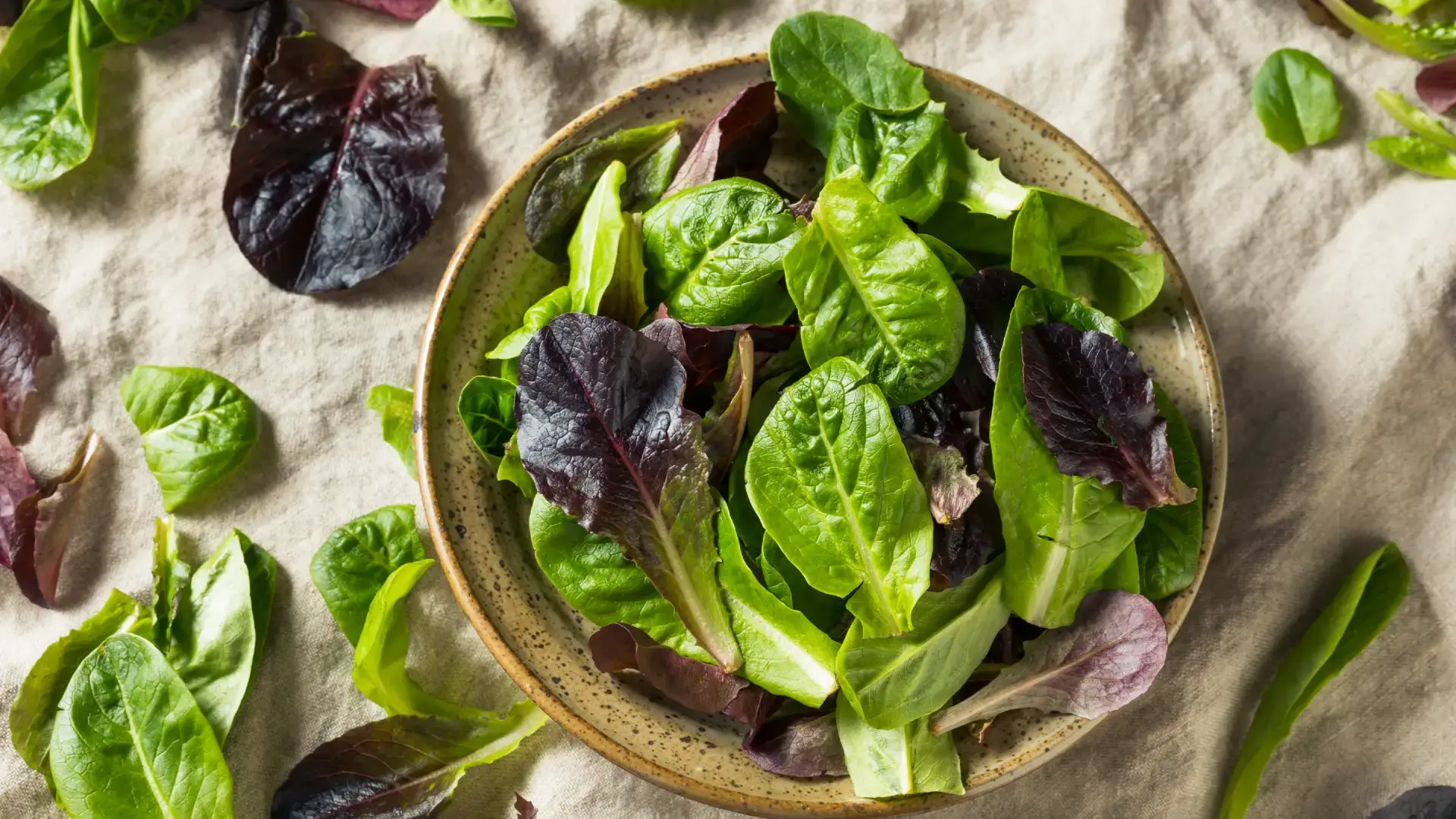
How to cook & serve baby lettuce
Cooking is not a common preparation for baby lettuce. But thanks to its delicate texture and mild flavor, fresh baby lettuce offers plenty of tasty uses in the kitchen. It’s an excellent addition to salads, offering a refreshing and crisp component when combined with various vegetables, fruits, nuts, and dressings. In sandwiches and wraps, baby lettuce adds a mild crunch and pairs well with cheeses, deli meats, and spreads.
You can also place it atop burgers, providing a bed for your toppings and complementing the savory burger flavors. Use fresh baby lettuce as a garnish for soups, pasta dishes, or other main courses to add a touch of elegance and freshness. As a side dish, drizzle it with a simple vinaigrette or sauté it briefly with garlic and olive oil. You can also blend it into smoothies for added nutrition without significantly altering the flavor.
When making stir-fries, toss in baby lettuce just before finishing to maintain its pleasant crunch. In egg dishes, such as omelets or scrambled eggs, it introduces texture and a burst of freshness. Baby lettuce serves as an excellent base for grain bowls, whether you’re incorporating quinoa, rice, or other grains. Its versatility allows you to enjoy its mild, peppery notes and satisfying crispness in a variety of culinary creations.

